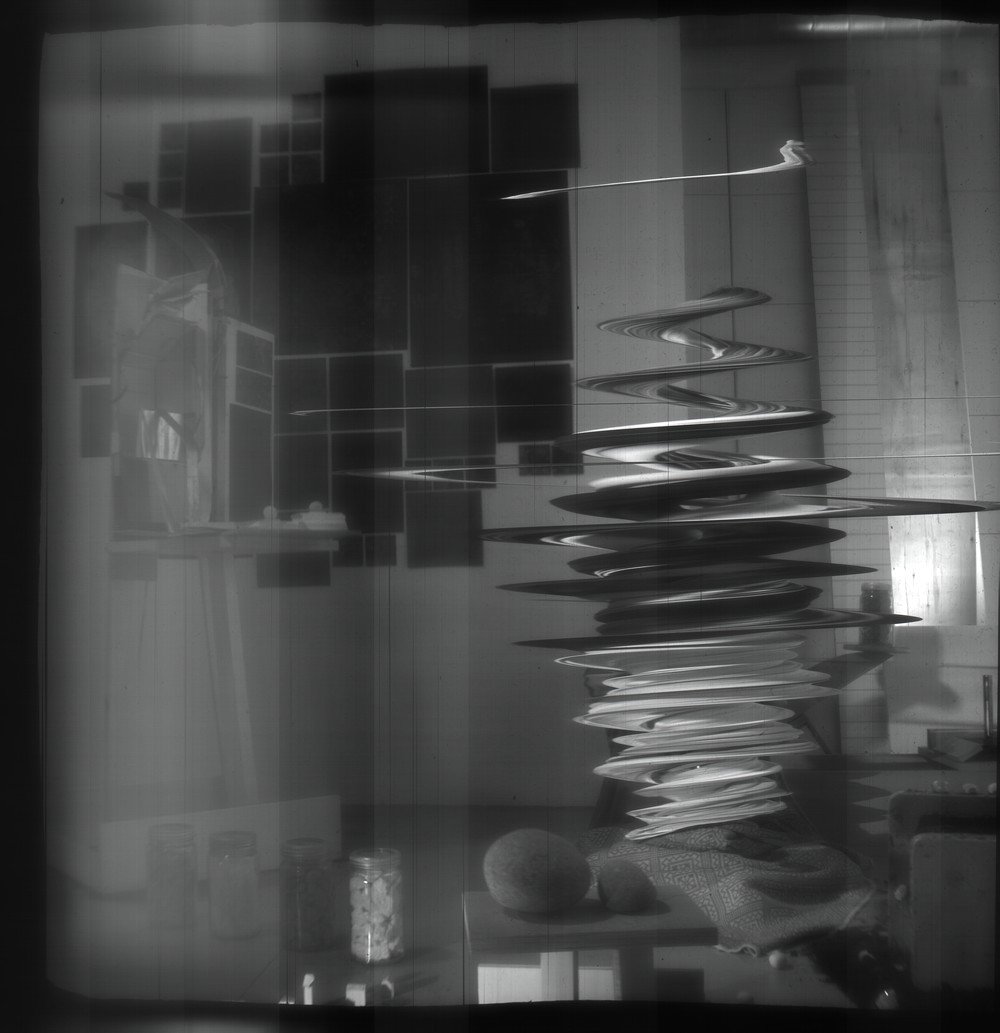this post was submitted on 08 Feb 2025
71 points (97.3% liked)
Photography
4840 readers
57 users here now
A community to post about photography:
We allow a wide range of topics here including; your own images, technical questions, gear talk, photography blogs etc. Please be respectful and don't spam.
founded 2 years ago
MODERATORS
you are viewing a single comment's thread
view the rest of the comments
view the rest of the comments

That's the root of my question.
The whole exposure isn't continuous. Since the camera is a scanner, the final exposure can be though of as a series of narrow slices that are each exposed individually. That's why OP can creat these cool effects.
In order to avoid strobing, each of these exposures would have to be sufficiently long to catch a large enough number of strobes that having one fewer than an adjacent exposure doesn't cause issues.
I was wondering if this is actually the case or if OP has encountered strobing.
A little more context:
The exposure time for each line is a maximum of 30 ms. That number comes from dividing the amount of lines over the time a scan takes. Factoring in overhead from read-time and actually incrementing the sensor, I guess the sensor is open for maybe 15-20 ms.
As I said above, flickering sources are an issue. They manifest as periodic lines of darker and brighter streaks, kind of like venetian blinds. The LED sources I sometimes use are meant for film, so they’re either continuous, or on fast enough duty cycles so it doesn’t really matter, fluorescent sources powered from mains are from my experience most likely to mess things up.